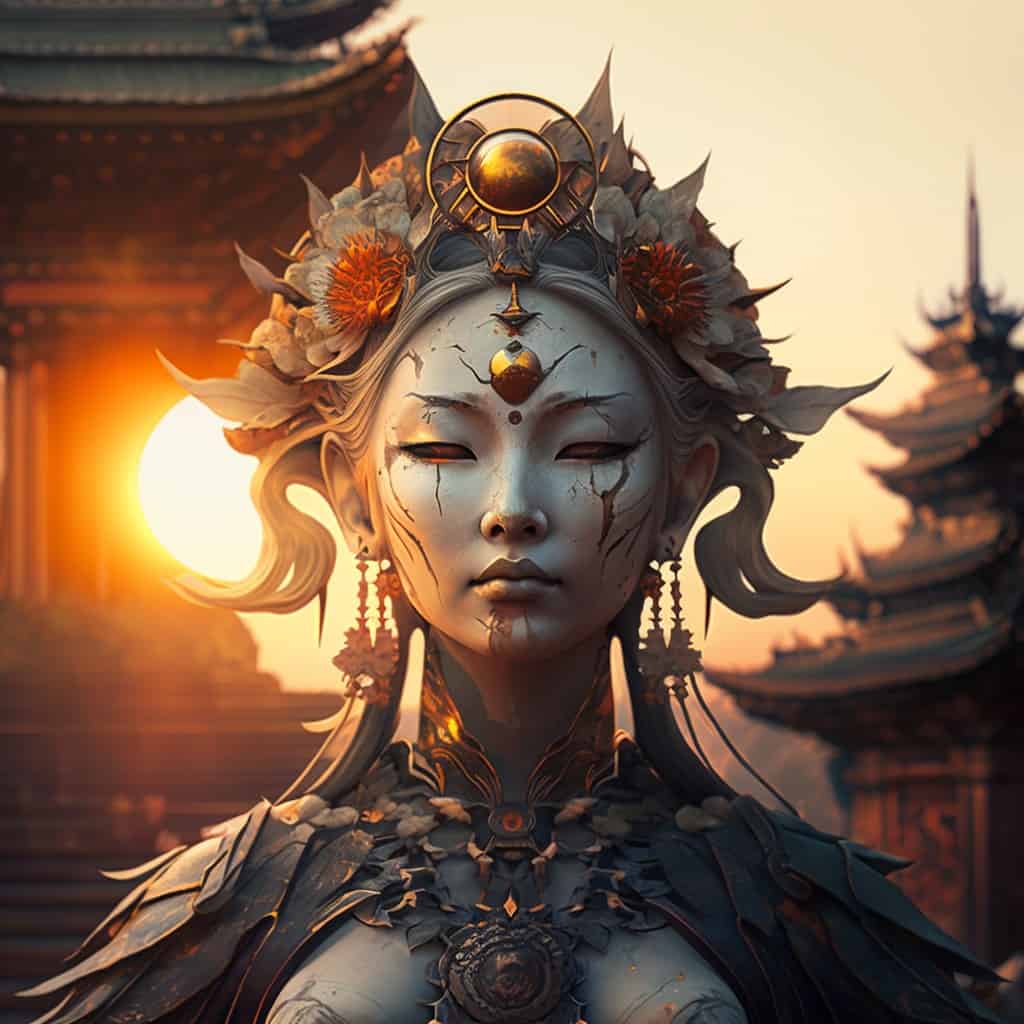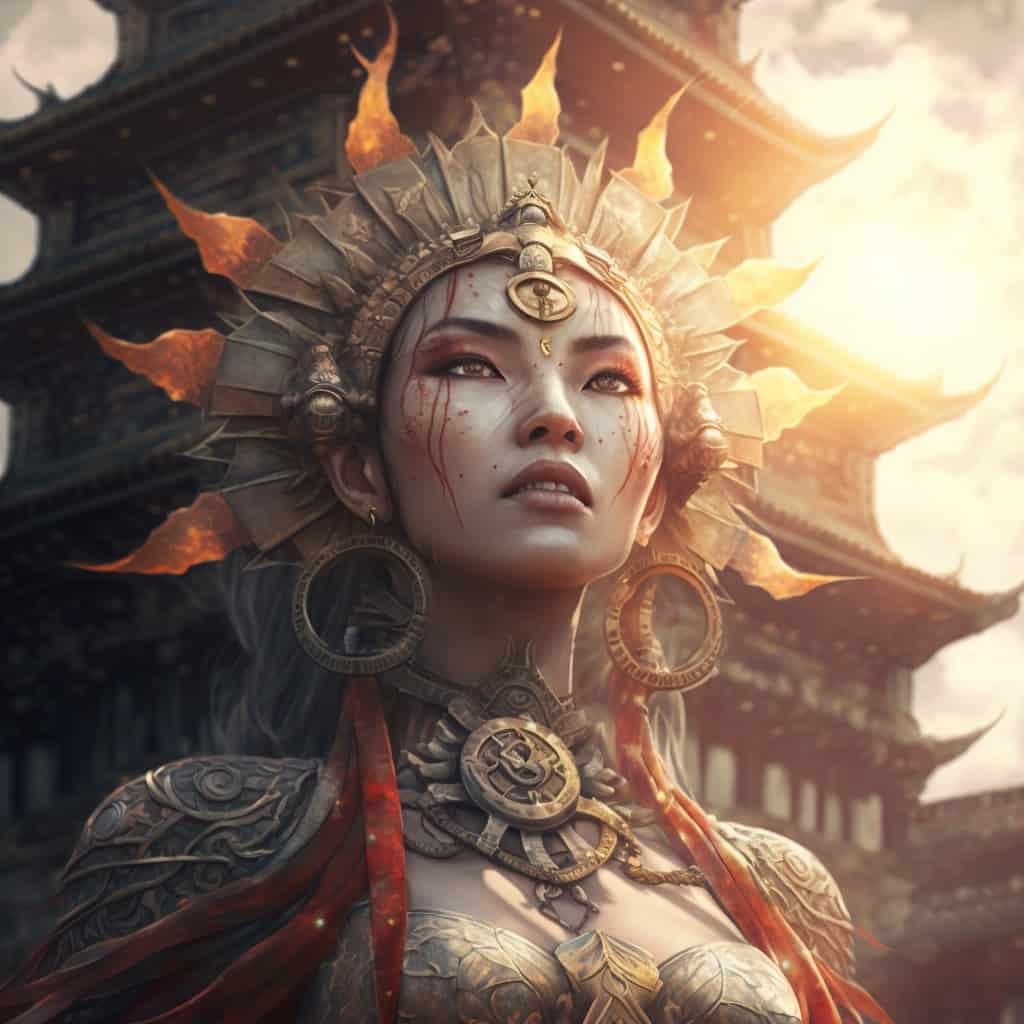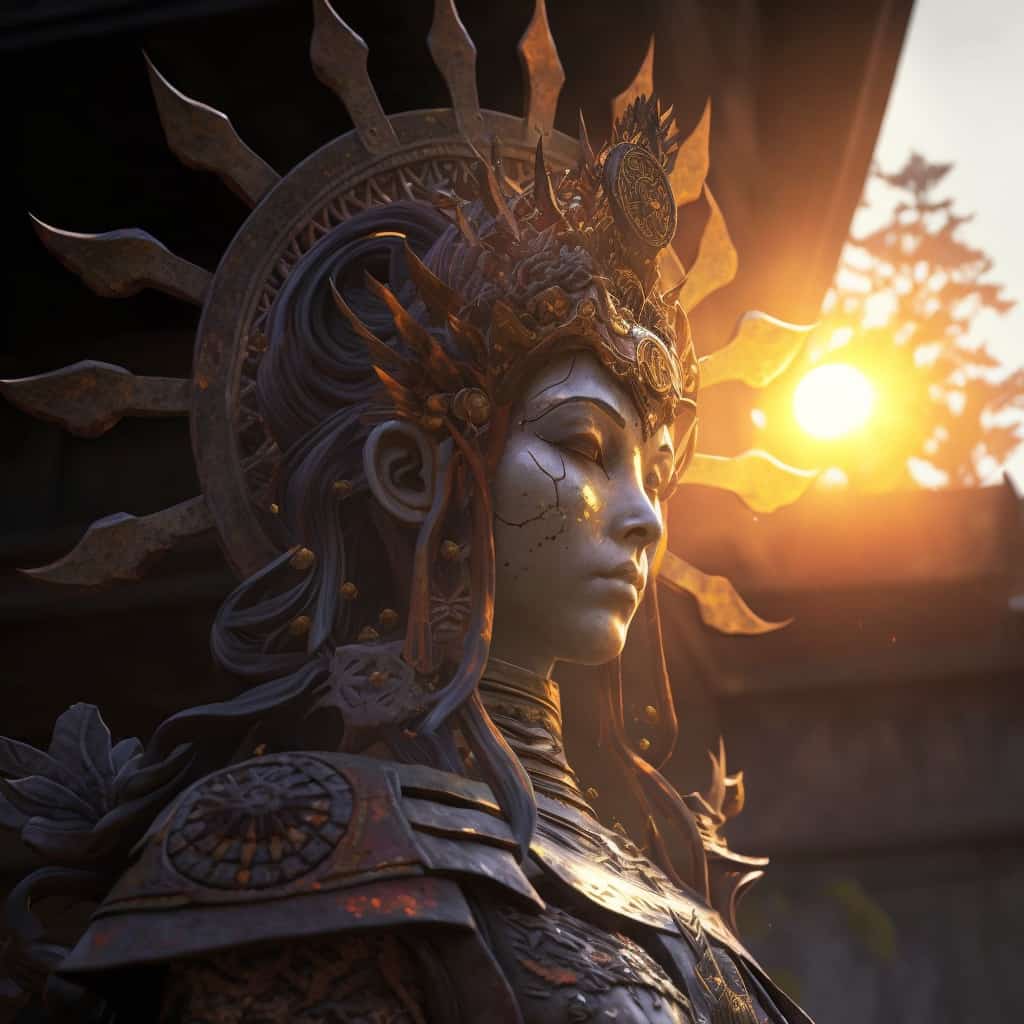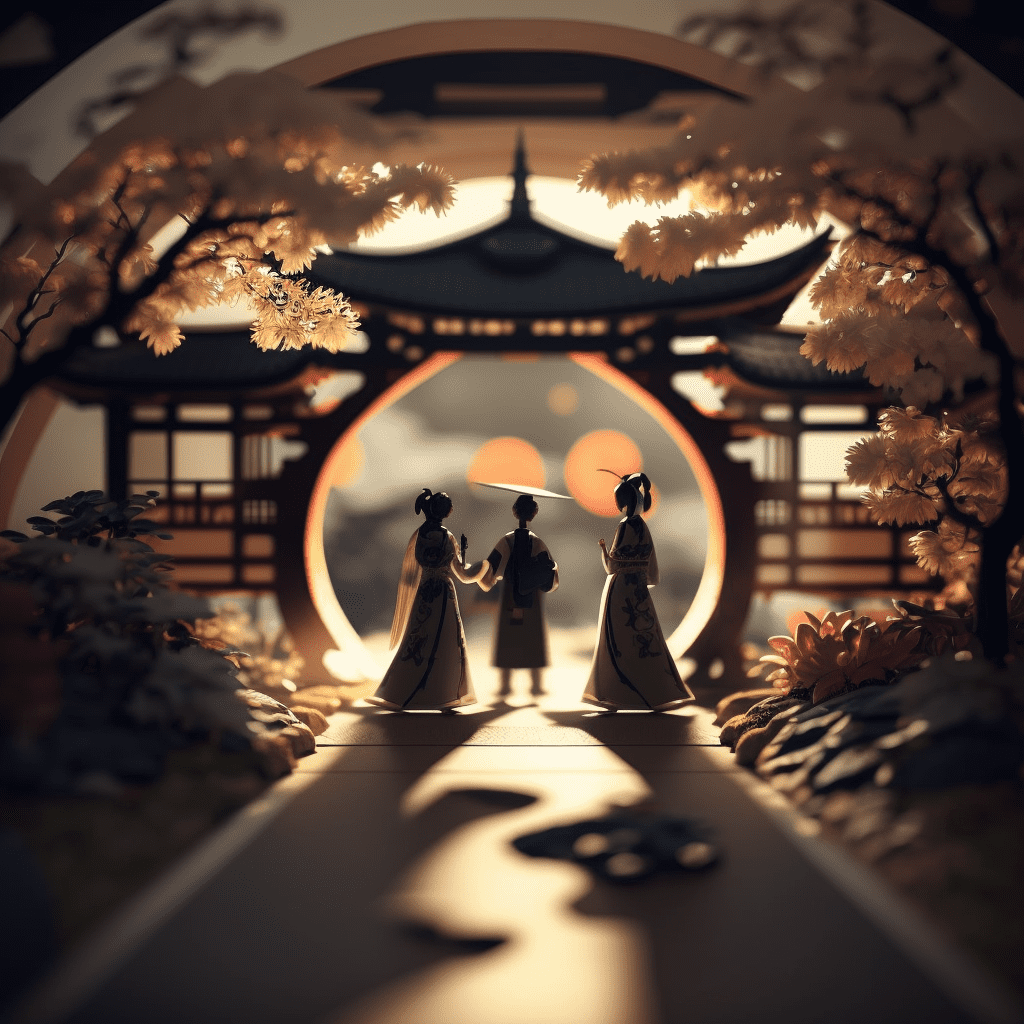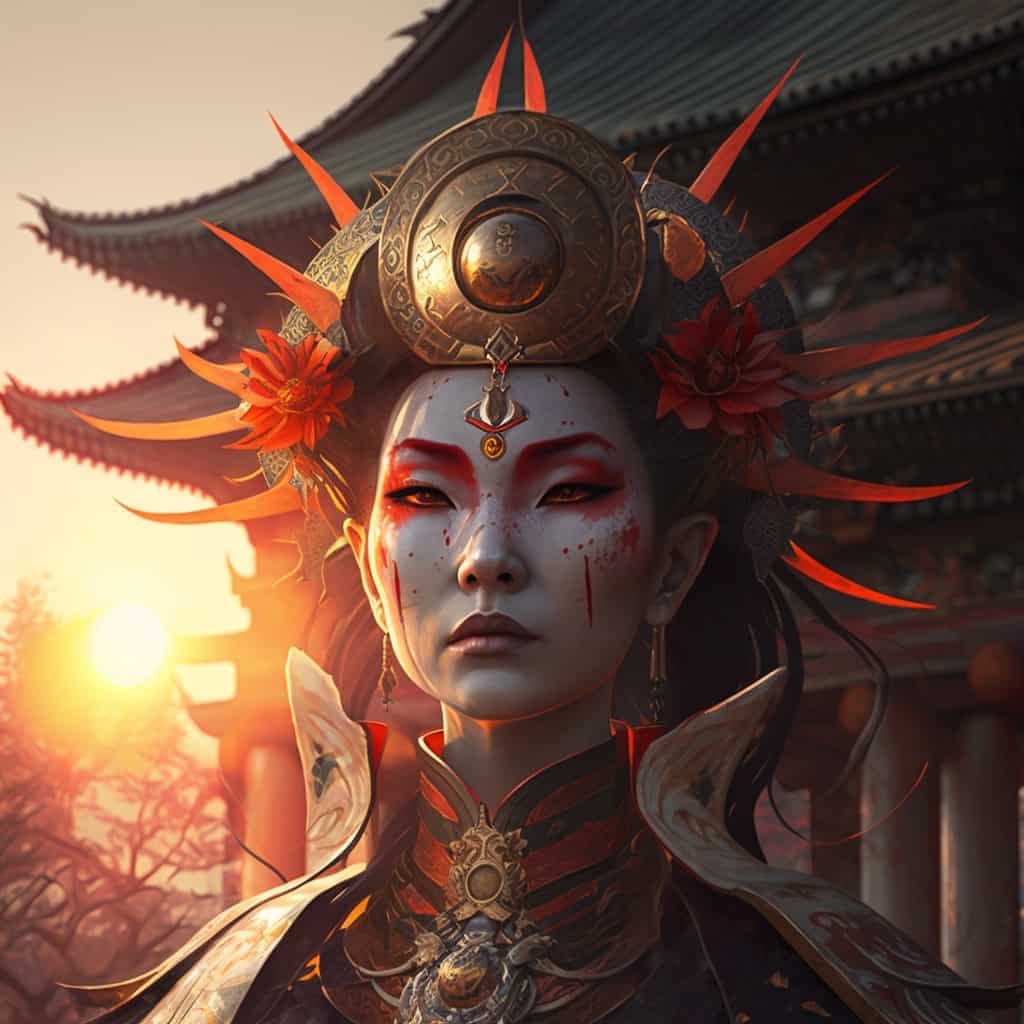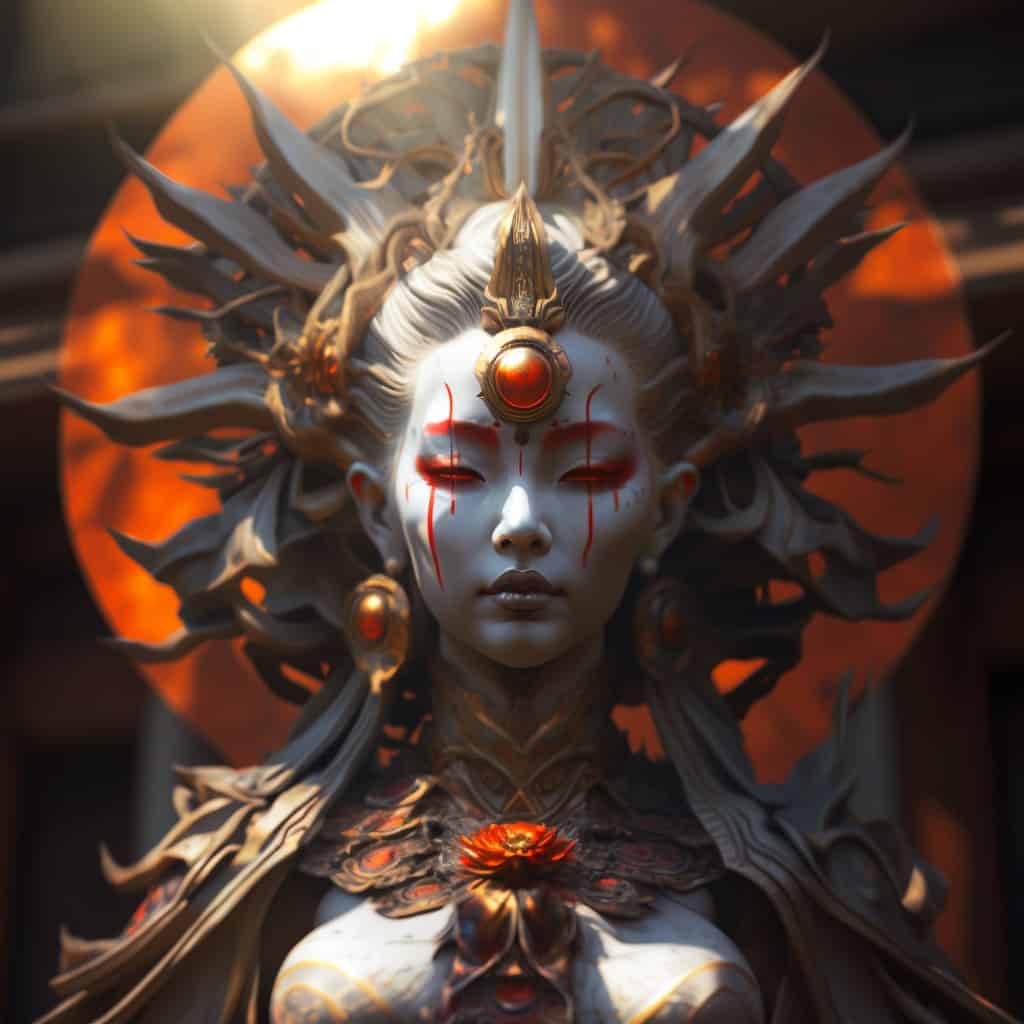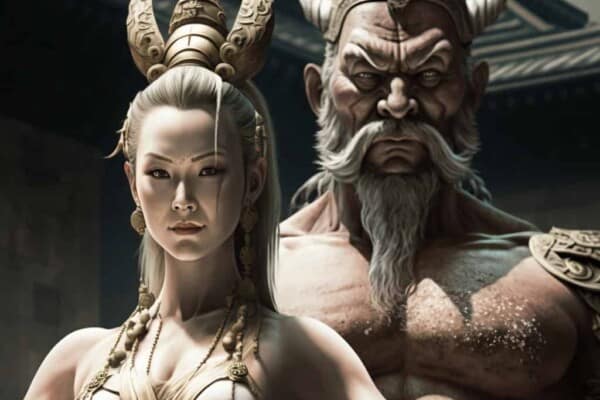Back in ancient times, the first men and women looked upon the lands as they tried to find the answers to every question that they came up with.
For example, why does the river run downwards and not upwards, and how can we explain it all in simple terms that even the most uneducated man and woman could understand?
Many centuries ago there were a lot of questions that needed to be answered, and there were very few people that could come up with a plausible answer to these questions.
This went on and on until these same people reached a roadblock that they couldn’t even fathom crossing over.
If they could barely explain the elements around them, then how would they explain the giant ball of flames lingering above their head?
That’s when these men and women came up with the same answer that many people go back to even to this day: God.
This immediately became the preferred answer for most questions that were unfathomable back then, and no matter the culture, everyone seemed to be sure that the elements that they couldn’t explain in the past were actually just the Gods or their power among us.
So, today we will be talking about one such God that came from the Shinto pantheon, a God, actually a Goddess, that goes by Amaterasu. If you’re interested to find out more about this glorious shining Goddess then keep on reading because we’re just getting started:
Who Is Amaterasu?
Amaterasu, or Ōhiru-menomuchi-no-kami is the sun goddess from the Shinto pantheon. She is believed to be one of the most important deities in the Japanese Shinto mythos and is worshipped even to this day.
Her name translates to “The One that Illuminates Heaven”, and the stories revolving around her are considered to be some of the most important for the indigenous Japanese faith Shinto.
Even though modern day Shinto beliefs have been slightly altered by the Confucianism and Buddhism beliefs, she is still ranked as one of the highest deities in the theogony.
If you’re still not convinced of how crucial Amaterasu is for the Shinto mythos, you should also know that she is believed to be the highest manifestation of the Kunitokotachi, or the unseen yet constantly immanent spirit of the universe.
The Birth of Amaterasu
In the old Japanese legends, Amaterasu was regarded as one of the “Three Precious Children” of Izanagi, the creator God.
Izanagi and Izanami were the parents of the first generation of kami, which in case you didn’t know are basically the Japanese gods and goddesses of the Shinto belief.
Sadly though, the last child that the two would have together was a fire God that went by Kagutsuchi, and in giving birth to him Izanami would burn up from the inside out.
Seeing what had happened to his wife, Izanagi would end up beheading Kagutsuchi, and in a last ditch effort to rekindle with his lover he would set off to the underworld known as Yomi to bargain for her.
After getting down there, Izanagi would end up breaking his promise his lover by looking at her decaying corpse in the dark after lighting a fire.
Seeing the horrifying person that used to be his lover in such a dreadful condition, he would end up declaring war against the forces of Yomi.
Izanagi would easily repel all of the monsters sent after him, except for the final one, which was none other than Izanami herself.
In order to make sure that she could not escape and chase him out of Yomi, Izanagi would then seal the entrance with a very large boulder.
But why is this important knowledge for us? Well, it’s because Izanagi felt like he was contaminated by his visit to the underworld, so in order to purify himself he would bathe in a river.
Out of this, multiple different deities would spring up including the Three Precious Children known as, Tsukuyomi-no-Mikoto, Susanoo-no-Mikoto and of course, Amaterasu Omikami herself.
A Brief Marriage Between Siblings
After a while, Amaterasu would end up marrying her brother Tsukuyomi, the Moon God, and he would end up playing the role of her consort later on down the line.
Interestingly enough though, their marriage was anything but happy, as Amaterasu enjoyed just how orderly and polite the denizens of Heaven were, but Tsukuyomi took this to a whole different level.
As such, whenever it was time for the gods to meet up, Amaterasu would be the one to attend as she was afraid that her brother would make a fool out of himself.
One time however, she could not attend a meeting with the rest of the gods so Tsukuyomi had to go in her place.
This did not end well as Tsukuyomi was sickened by the sight of Uke Mochi, the Goddess of Food because she would prepare their food by spitting, blowing her nose and doing all sorts of other things through her orifices onto the dishes.
Tsukuyomi took great offense to this, killing Uke Mochi in one swift blow and declaring that all food should be prepared cleanly and orderly from this moment onward.
This in itself enraged all of the other gods and goddesses, including Amaterasu herself, and as such she declared that he was too evil to remain in heaven and promptly separated herself from him.
Ever since this dreadful day, the Sun god would never interact with the Moon god ever again, which is why you will always see the Moon following on the Sun’s footsteps but never reaching her.
The Clash Between Susanoo and Amaterasu
After this sorrowful event Susanoo’s own downfall would happen, as even though he was not banished from Heaven, he was still asked to leave it due to his unpredictable and violent nature.
Before he could leave though, he decided to say goodbye to his sister, Amaterasu. So, he showed up in front of her palace, only to be welcomed by Amaterasu wearing a full armor.
In order to calm her down, Susanoo would propose a challenge for the two, as they would chew down on each other’s belongings to see which could yearn the greater feat.
Thus, Amaterasu would end up breaking her brother’s sword in three pieces and chewing it down which resulted in the creation of three goddesses.
Susanoo on the other hand would end up chewing her jewels which in turn resulted in the creation of five gods.
Before he could declare himself the winner though, Amaterasu would victoriously shout that the winner would be the one who’s belongings yearned the better feat, not the god that led to the creation.
In fury, Susanoo would end up attacking anything in sight that belonged to Amaterasu, defecating all over her palace, flaying her horse, demolishing her fields and even killing one of her servants.
Upon seeing this, Amaterasu would end up hiding in the Heavenly Rock Cave, taking her light with her. Even after Susanoo was banished by the other kami, Amaterasu refused to leave her comfort cave.
The Goddess of Wisdom and Amaterasu
Seeing as how the world could not exist without its sun, the other gods all came together in the hopes of devising a plan through which they could get Amaterasu to leave her cave.
Soon after, the Goddess of Wisdom Omoikane came through to everyone with her own idea, which the rest of the kami would agree on.
So, around eight hundred kami came up to the cave entrance as they would celebrate together, shouting and screaming in order to get Amaterasu’s attention.
It didn’t take long for the Sun Goddess to peak her head out to ask what all the commission was about. In response, the crowd would end up telling Amaterasu that another god appeared, one that was stronger and brighter than she ever was.
When she peaked her head out a bit more, the group would use a mirror to make it seem as though there was another God that shined over the realm.
Before long though, the gods grabbed her by the hand and they pulled her out of the cave for good, sealing the door behind her to make sure that she could not retreat back into it.
Susanoo’s Redemption and the Sibling Reunion
Up until this point, Susanoo would be seen as nothing but violent and unpredictable by all the other gods, but during his banishment he would end up killing a terrible dragon and saving the realm in doing so.
Through this experience, he would also come across a remarkable sword which he would then give to his sister to atone for his crimes.
Even though she still feared her brother, Amaterasu would end up accepting the gift and even forgiving her brother.
This is because she also realized that by denying light to the world, she had broken the rules that she swore to abide by too.
So, in order to atone for her own sins, she would reconcile with her brother and make sure to never trick him again.
It didn’t take long though for Susanoo to be sent away again, as Izanagi would then ask his son to guard the passage between Ne-No-Kuni and Ashihara-no-Nakatsukuni.
With two of the Three Precious Children either banished or just away from Heaven altogether, Amaterasu would end up reigning over it by herself.
Because of this, she is also seen as the queen of all kami, and the light that brings clarity to the world as we know it.
She is the undisputed ruler of life and she reigns over everyone from Heaven, looking down at anyone that would dare to clash against her principles.
Susanoo and Okuninushi
Six generations later, Okuninushi, a distant descendant of Susanoo, decided to go down to see his estranged ancestor.
The reason for this was the fact that he had attracted the attention of a woman that every other kami was courting, and as such they all decided to gather up and chase him down to kill him.
Susanoo agreed to help him as long as he could prove himself in battle by taking on multiple tests of prowess.
Okuninushi agreed and he made quick work of the tests. Afterwards, Susanoo gave him the power to defeat his foes and he even declared him the ruler of all of Ashihara-no-Nakatsukuni.
The Reign of Okuninushi
While Okuninushi was an exceptional warrior though, he was not that good of a ruler, as instead of doing what he was supposed to he would try to continue onwards with his romantic affairs.
This would result in the lands being overtaken by wild kami which completely ruined the landscape of Ashihara-no-Nakatsukuni.
Seeing this from Heaven, Amaterasu decided that the heirs of Susanoo shouldn’t be the rightful rulers of the land, so she sent over her oldest son, Ame-no-Oshihomini to take over.
As soon as he made his way onto the earthly fields though, he quickly gave up on his task as he could not muster the courage to go through the monstrous kami-infested lands.
After returning home, Amaterasu decided to send over another of her sons named Ame-no-Hohi, but instead of doing his job he would go over and ask Okuninushi for help with his own problems.
Three years later, Amaterasu would send over her third son, Ame-no-Wakahiko. But even he could not do what he was told, as he ended up siding with Okuninushi and even marrying his daughter in the process.
Amaterasu would then send over a pheasant to see what had happened with Ame-no-Wakahiko, and to their surprise he shot it down and threw it back to Heaven.
Upon seeing this blatant sign of disrespect, she would send the pheasant back to him. But, before doing so she had inflicted a curse on it which would end up killing him in his sleep.
The Fall of Okuninushi
After a few more decades of ruling, Okuninushi would come face to face with a pair of warrior kami by the name of Futsunushi and Takemikazuchi.
As opposed to the other kami that had been sent over to replace him, these two were not so easily swayed, and they were powerful enough to contest even the might of Okuninushi.
A young Okuninushi would have met them in battle, but by this time, he actually had a lot to lose and he was way past his prime, which is why he would end up agreeing to abdicate his throne as long as he would be provided with a comfortable and safe palace to live in.
As soon as Okuninushi was out of the picture, Amaterasu would order her oldest son Ame-no-Oshihomini to take over in his stead.
Even though he refused to do it at first, he was still the oldest son and as such he was the rightful ruler of the place after all.
Soon after he would have a child with Takuhadachiji-hime by the name of Ninigi, and he would then quickly take over in his father’s stead so that he could return to Heaven after all.
The Imperial Regalia
As soon as he made his way on Earth, Ninigi took his job very seriously as he tried his hardest to pacify all of the remaining evil kami of the land.
It is believed that in his trials, he was supported by five other gods which would later on become the ancestors to Japan’s noble families.
Ninigi would then give up his immortality in order to marry a kami that he had fallen in love with. Before dying, Ninigi would transfer all of his power and might to his son, Hoori.
Hoori himself would ascend as a god of grains and agriculture and he would give his son Ugayafukiaezu the right to rule.
He would later on have a son by the name of Hikohohodemi, and he would take over the throne after his father’s passing. This son would also become known as Jimmu, Japan’s first Emperor.
This is interesting to note because before any of this had happened, it is believed that Amaterasu gave Ninigi three valuable items that would prove his legitimacy to the rest of the world.
These items would later on be referred to as the Sanshu no Jingi or Mikusa no Kamudakara, which in turn translates to “The Three Sacred Treasures”.
Another name that was given to these special items is that of the Imperial Regalia of Japan, and they are the following:
- A Grass-Curring Sword that would be known as the Kusanagi no Tsuguri
- An Eight Ta Mirror known as the Yata no Kagami
- A Comma-Shaped Jewel that was known as the Yasakani no Magatama
Even to this day, these items are used in coronations by the Japanese Imperial Family, but even though they claim that these are all the same items that were used back in 660 BC, it’s very unlikely to say the least.
Many experts believe that the magatama jewel could actually be the real deal, so we can’t say for sure whether everything that the Imperial Family have said about them is true or not.
What we do know is that this solidifies the fact that Japan has the world’s oldest continuous monarchy and that its ruling family, the Yamato dynasty, is by far the longest-reigning one in history.
This is important to note because even though they don’t proclaim to be the descendants of the Sun Goddess anymore, they still inspire a lot of believers with their presence alone.
Conclusion
Amaterasu was one of the three favored children of Izanagi, and even though she had a lot of problems with her two brothers, she would still end up as the ruler of Heaven.
She is by far the brightest of all of the children, and even though she may not be the strongest kami in the Shinto pantheon, she still serves as a great reminder of how far you can get off of your wits and determination alone.

